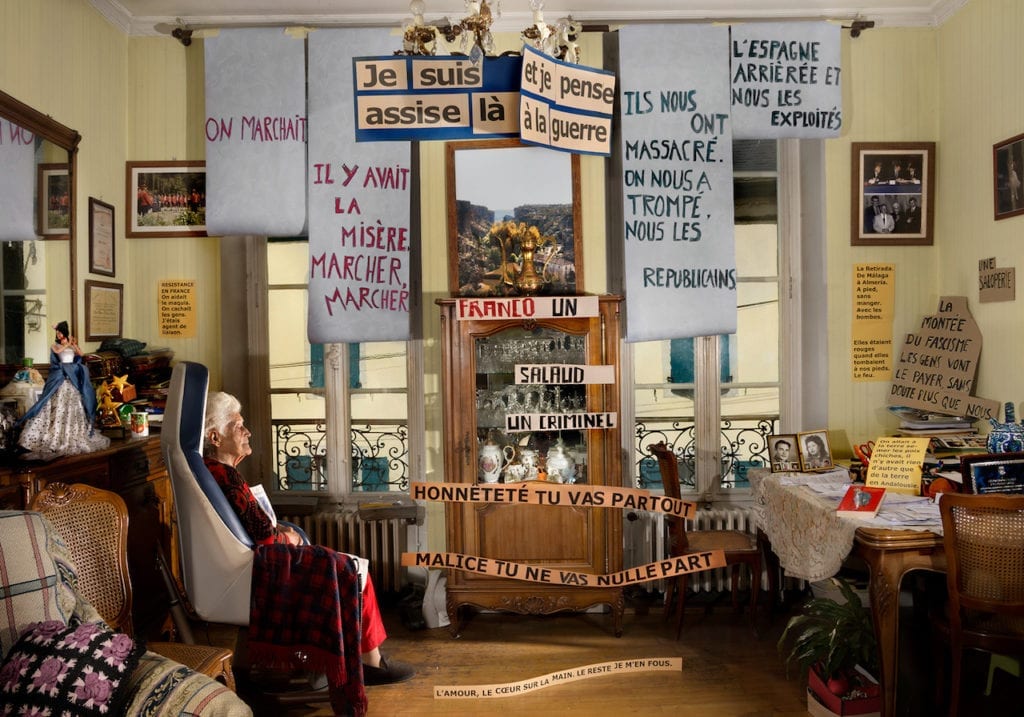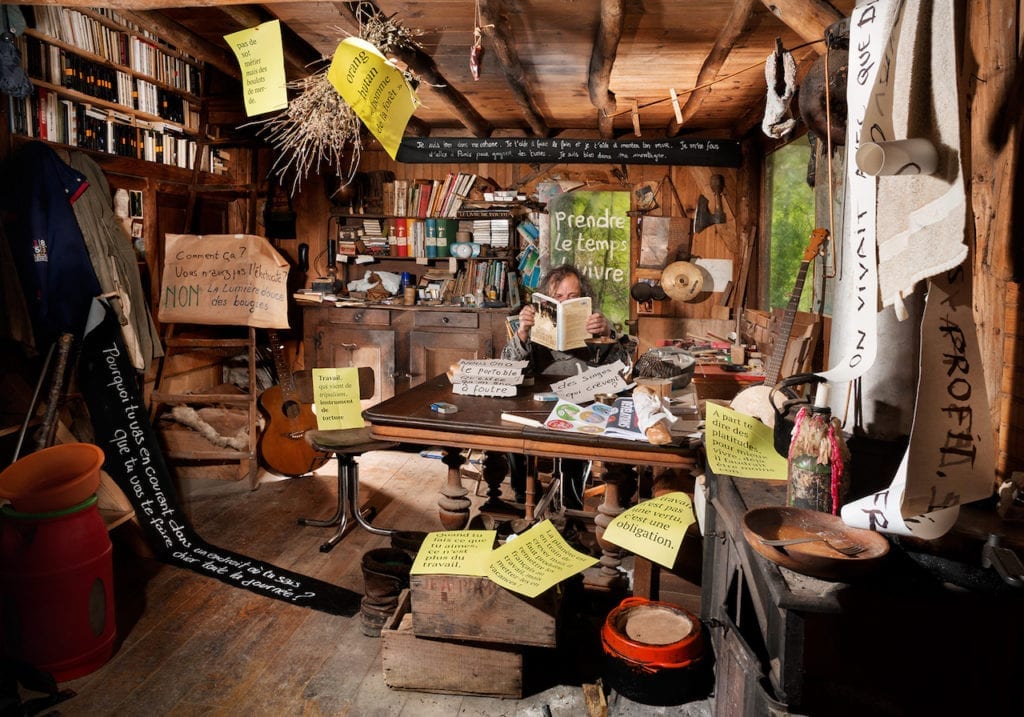For two months last April and May, Aurore Valade isolated herself in a remote village in the Haute-Bigorre region of France, close to the Pyrenees. She spent her time there in “total immersion”, embracing the alternative lifestyles of those she met. The result? Her photography project Se Manifester, which, along with her series Digo Yo, have been awarded this year’s Photo Folio Review at the Rencontres d’Arles festival.
The phrase ‘se manifester’ has strong connotations in French, including the need to stand up, to resist, to demonstrate, so creating these images has been quite a statement for Valade – moving things that might once have been private or intimate into the public sphere. “To manifest oneself is to publicise or to proclaim,” she explains. “Etymologically, ‘to manifest’ is the action of revealing oneself and making visible. I feel that could be a beautiful definition of photography too.”
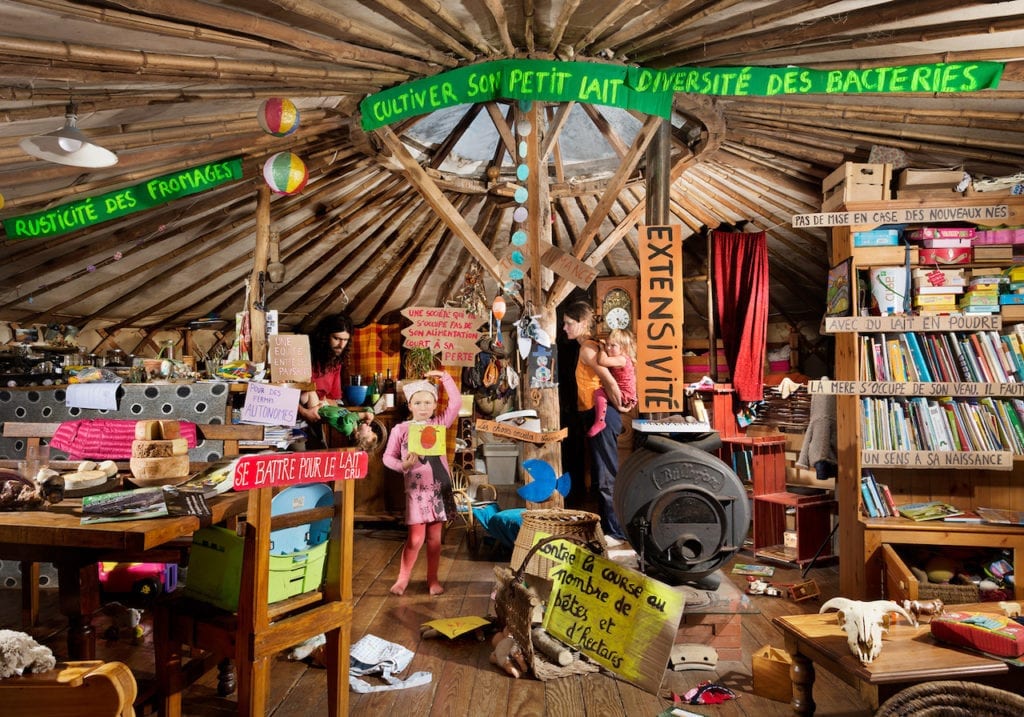
Given this climate, Valade believes we need to find new methods of self-expression. “Se Manifester is a way of showing life that allows us to question our identities,” she says. “The problem is that people think their views do not interest anyone, so they disengage from politics. I see a real desire to express opinions and change the political debate from people who do not belong to any party. They do not believe in the political system, but they have a true civic commitment.”
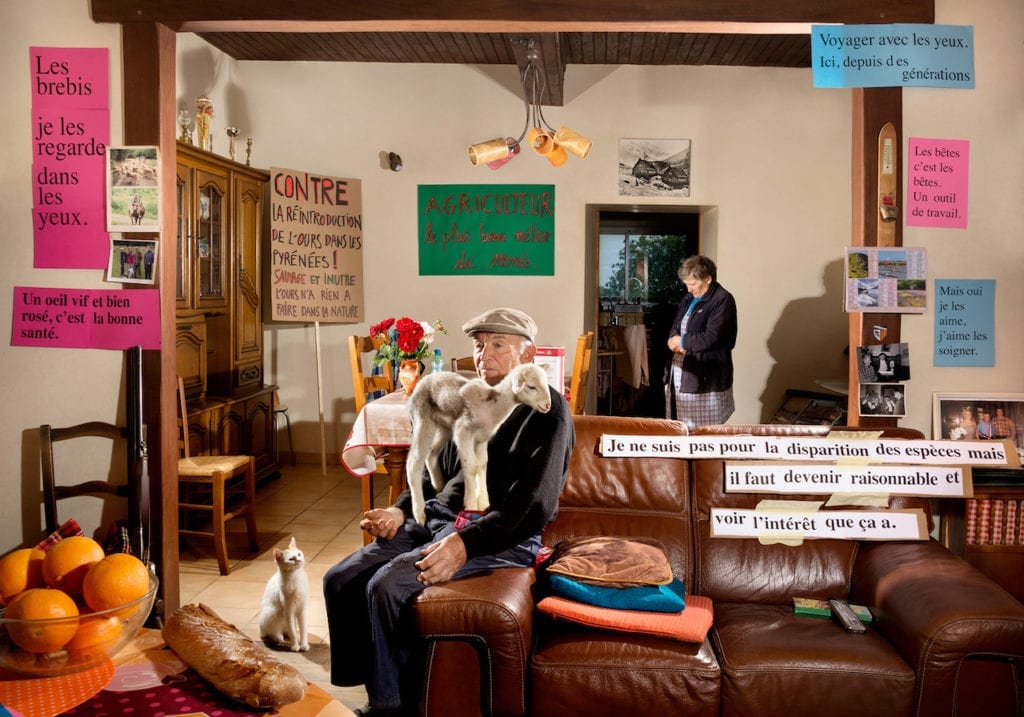
“I grew very close and attached to the inhabitants in a short space of time,” she says. “The photographs allow me to revisit this intimate experience.”
Valade met people three or four times before photographing them, first interviewing them, visiting their homes and picturing how to make best use of the space. She also allowed herself th freedom to change her mind completely, however, keen to avoid making stereotyped images of her subjects.
“I knew that I wanted to meet people who had alternative lifestyles but finally I opened my project to all types of people based on who I was meeting, my experiences, my instincts,” she says. “I love to change my plans at the drop of a hat when I have an idea or new favourite. Part of the magic of photography is that you’re always trying to capture a shifting reality, which is exciting, changing, confusing.”
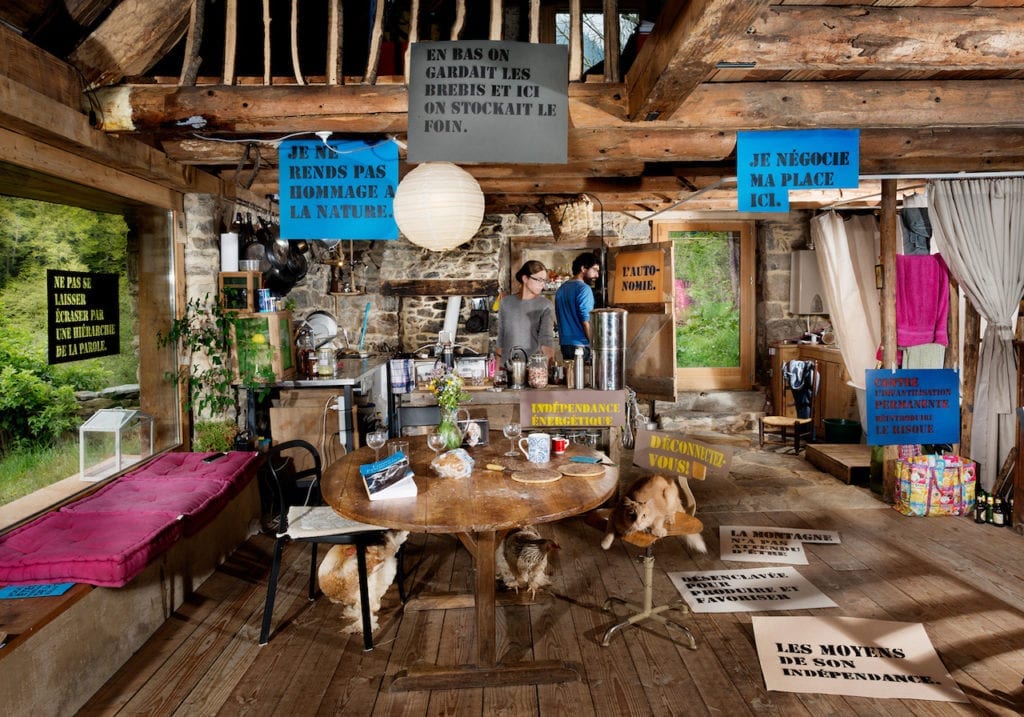
This sense of collaboration also extends to her displays of her work – when showing Digo Yo [‘In my opinion’], for example, she allows viewers to move the images as they look at them, and to reorder them according to their preference. “This project is not about universality, it is moving, questionable,” she says. “I wanted to create debate and discussion and give the viewer a freedom of expression. I believe that every viewer looks at the images through his personal story.”
Valade found that her subjects trying to understand themselves and their place in the world by raising the same issues – work, the environment, and the home as a place of refuge. Their messages weren’t just words of defiance or success, but also recognised these daily difficulties. “We all have a need to write the narrative around us, to say something personal about ourselves,” she says. “Maybe this is what I offered the people I met – a means to write a page of their story.”
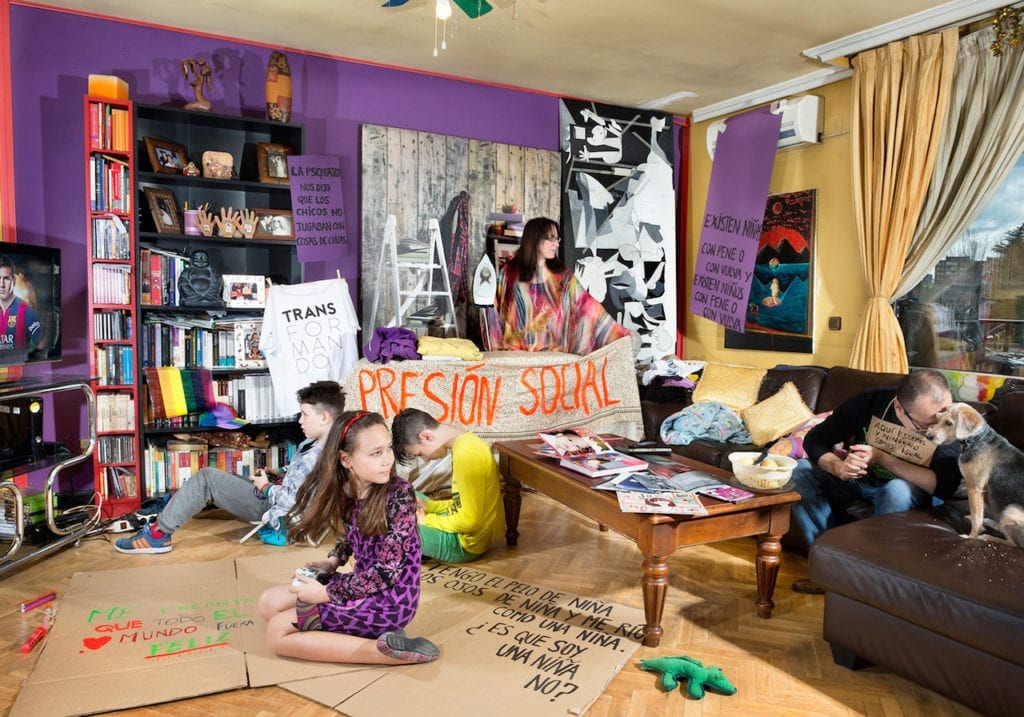
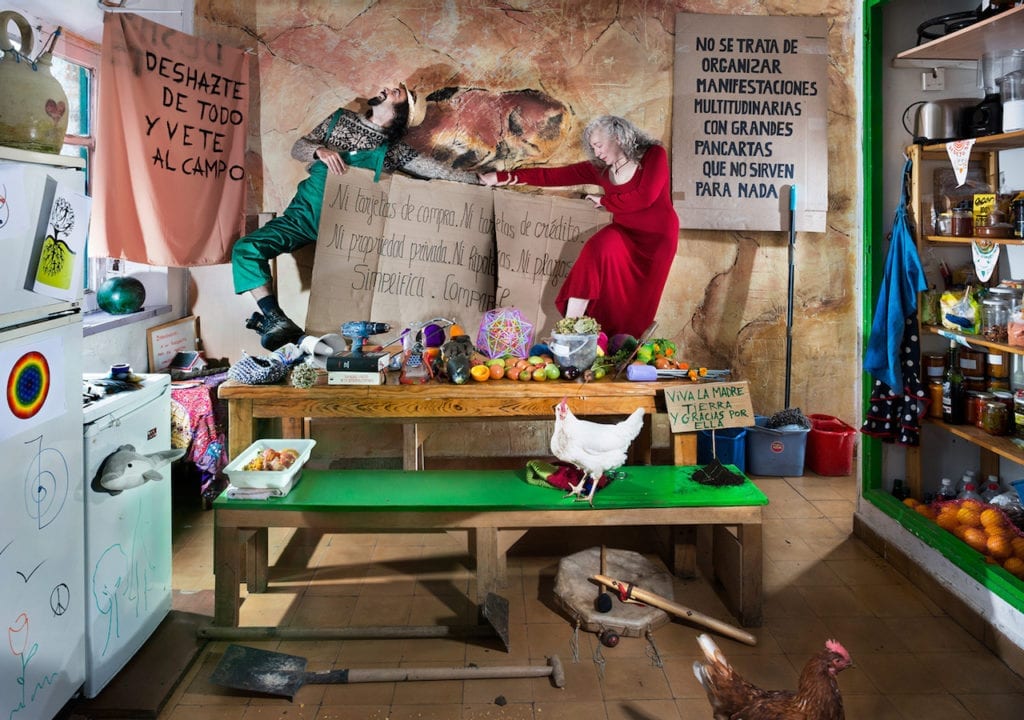
“I was touched by the creativity and the courage of these photographers who evolve in tense political contexts. It’s always a celebration, a surprise, a discovery.”
To see more of Aurore Valade’s work, visit her website here.
